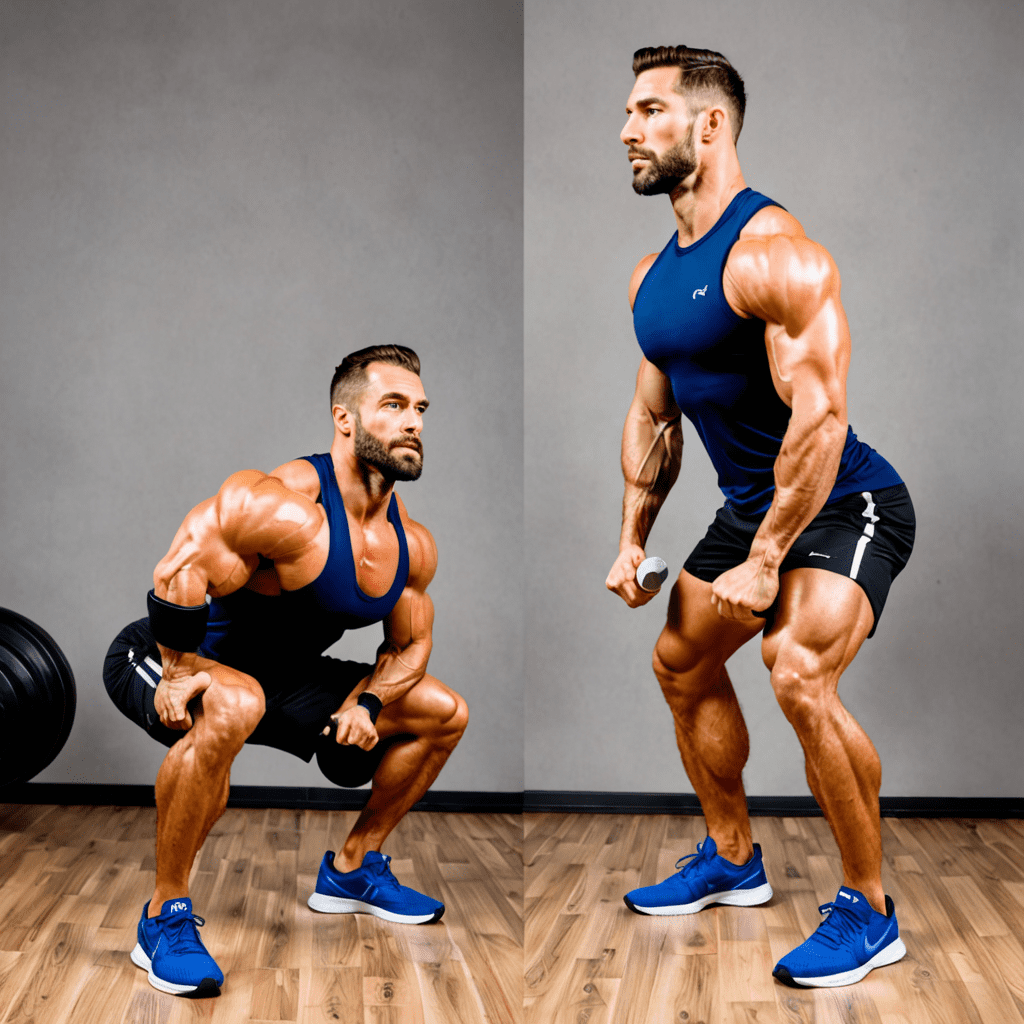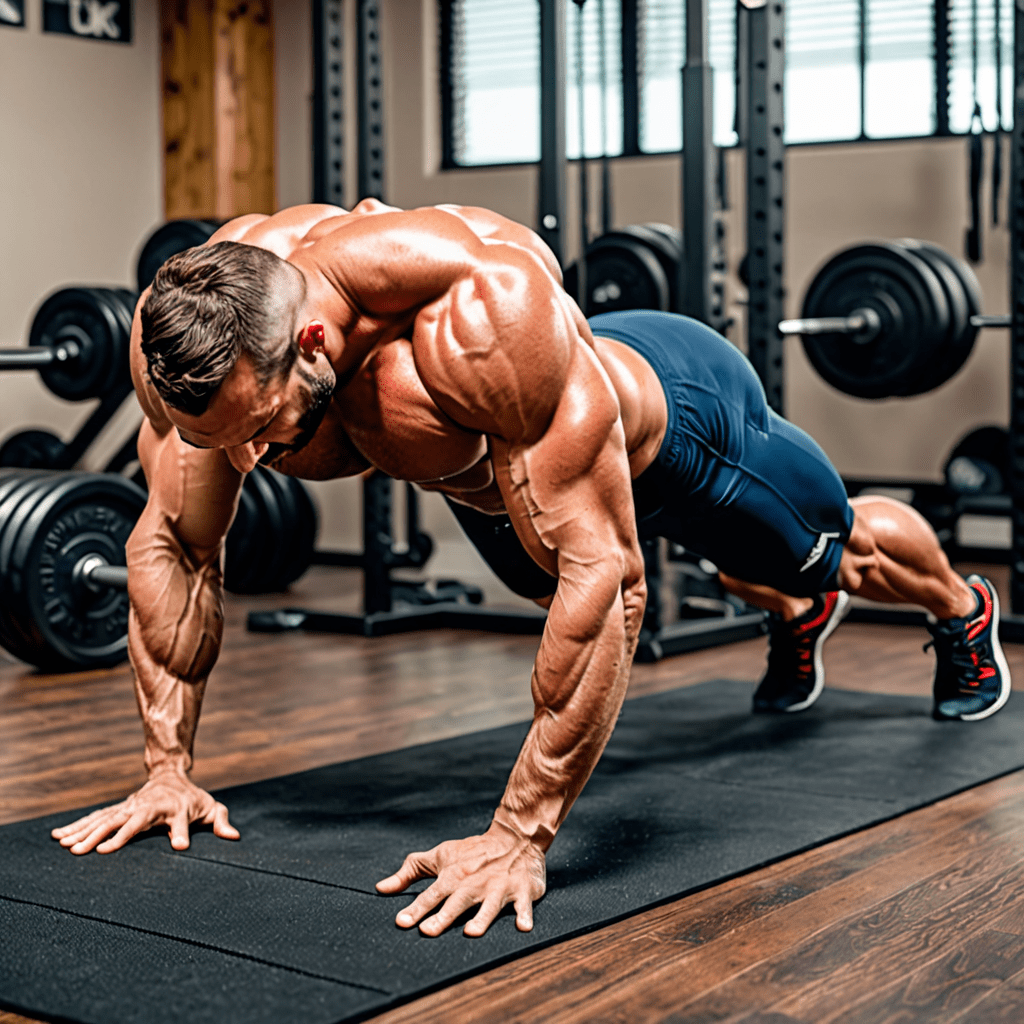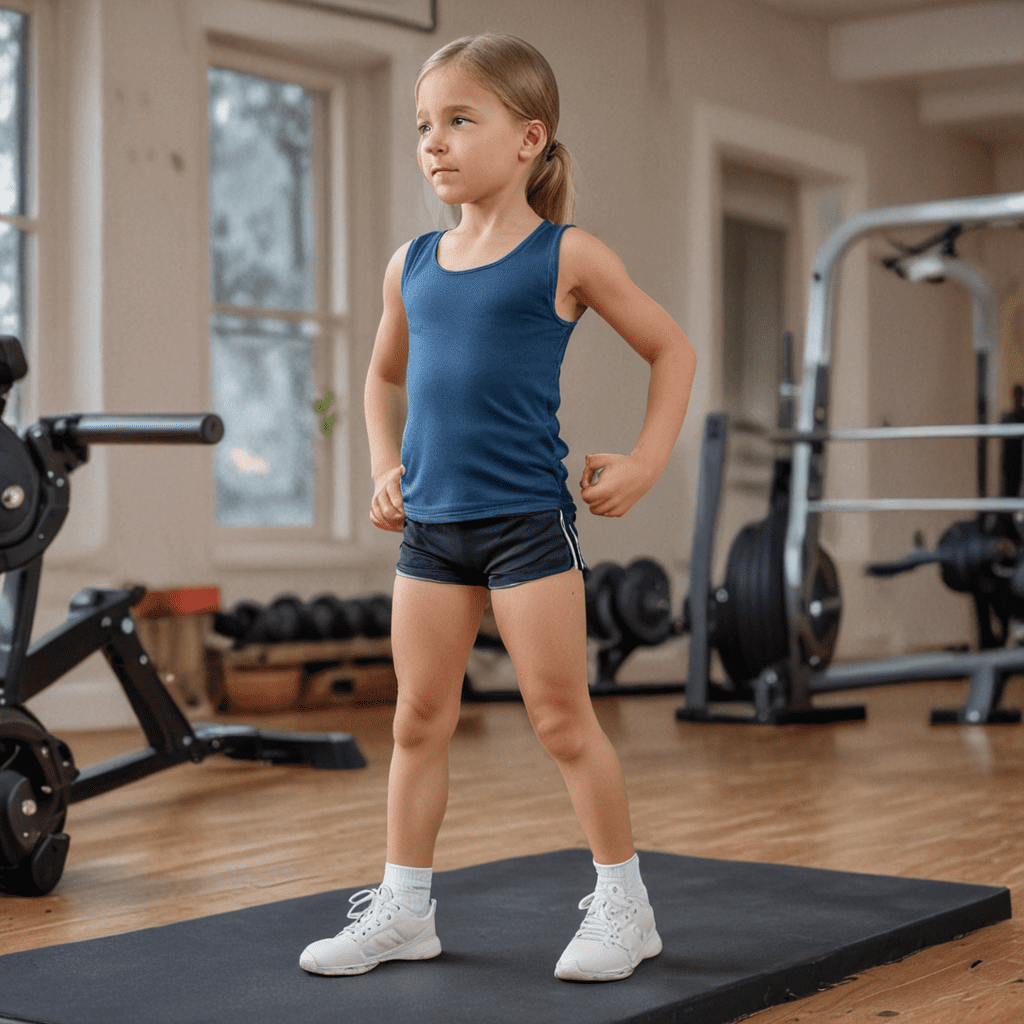
Mastering the Chair Squat: A Comprehensive Guide for Health and Fitness
Chair squats are a great exercise for building lower body strength and stability. Whether you’re new to fitness or a seasoned gym-goer, mastering the chair squat can enhance your overall workout routine. In this guide, we’ll cover the proper form, benefits, and variations of chair squats to help you achieve your fitness goals.
Understanding the Chair Squat
Before diving into the specifics of how to do a chair squat, it’s important to understand the exercise itself. Chair squats, also known as seated squats, are a variation of the traditional squat that involve using a sturdy chair as a guide for proper form. This exercise targets the quadriceps, hamstrings, and glutes, making it an effective lower body workout.
Proper Form for Chair Squats
Mastering the proper form is crucial to reaping the full benefits of chair squats while minimizing the risk of injury. Follow these steps to ensure you’re performing chair squats correctly:
- Start by standing in front of a chair with your feet shoulder-width apart.
- Engage your core muscles and keep your chest lifted.
- Slowly lower your body towards the chair by bending your knees and pushing your hips back, as if you were about to sit down.
- Hover a few inches above the chair, then push through your heels to return to the standing position.
Benefits of Chair Squats
Incorporating chair squats into your fitness routine offers a myriad of benefits, including:
- Improved lower body strength
- Enhanced stability and balance
- Toning of the quadriceps, hamstrings, and glutes
- Convenience for beginners or those with limited mobility
Variations of Chair Squats
Once you’ve mastered the basic chair squat, you can challenge yourself with variations to keep your workouts fresh and effective. Consider these options:
- Weighted chair squats using dumbbells or a barbell
- Jumping chair squats to add a plyometric element
- Single-leg chair squats for increased difficulty and balance improvement
Common Mistakes to Avoid
When performing chair squats, be mindful of these common mistakes:
- Leaning too far forward, which can strain the lower back
- Allowing the knees to cave inward, risking injury to the knees
- Not utilizing the chair for the full range of motion, minimizing the exercise’s effectiveness
FAQ
Can chair squats help with knee pain?
Chair squats, when performed with proper form, can actually help strengthen the muscles surrounding the knee, potentially reducing knee pain over time. However, it’s important to consult with a healthcare professional before beginning any new exercise regimen, especially if you have existing knee pain or injuries.
Is it necessary to use a chair for chair squats?
While using a chair can be beneficial for beginners to learn proper form, as well as for individuals with mobility limitations, advanced fitness enthusiasts may choose to perform chair squats without using the chair as a guide. The key is to focus on maintaining correct form throughout the exercise.
How many chair squats should I do in a workout?
The number of chair squats you should do depends on your fitness level and goals. It’s recommended to start with a comfortable number, such as 3 sets of 10-12 repetitions, and gradually increase as your strength improves. Remember to listen to your body and avoid overexertion.


